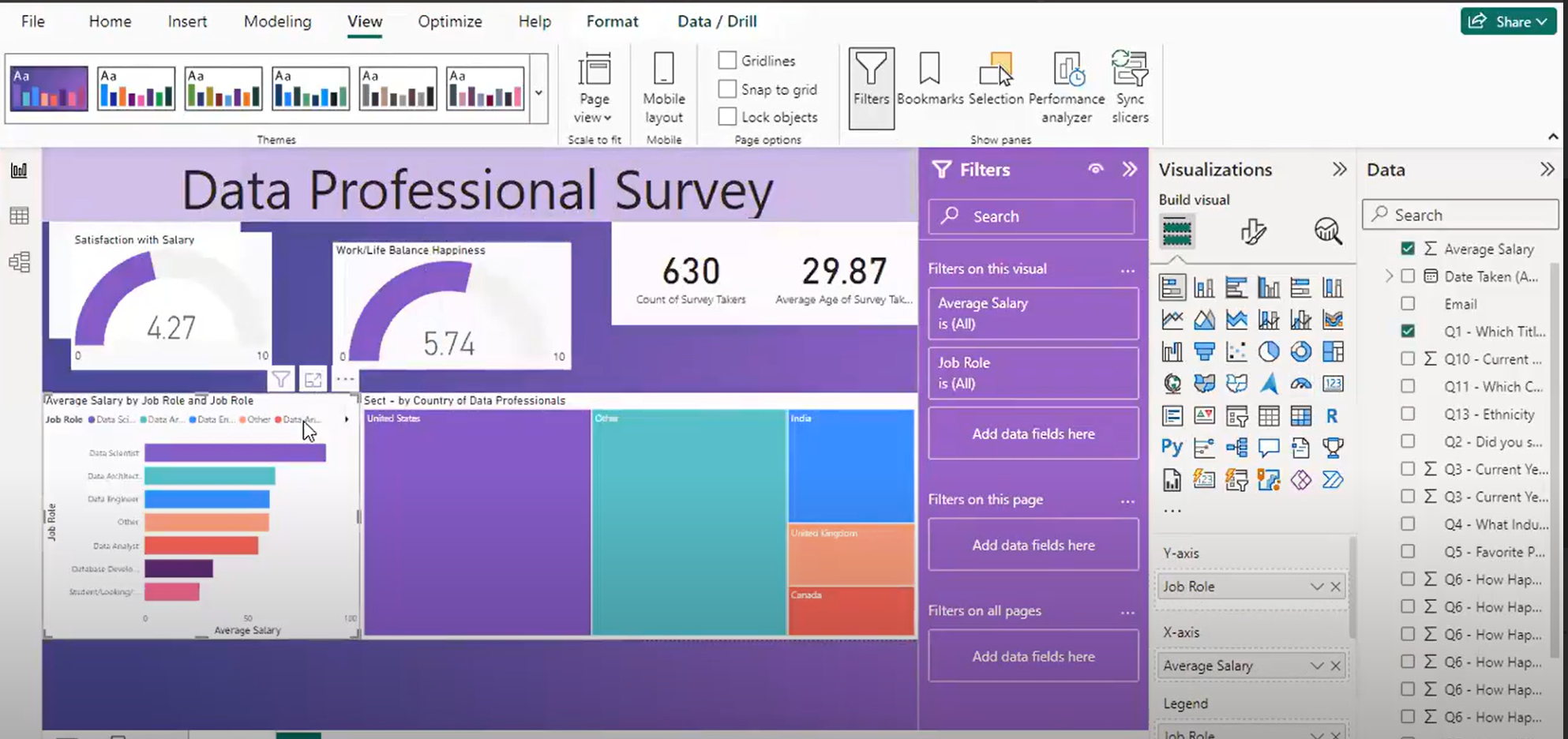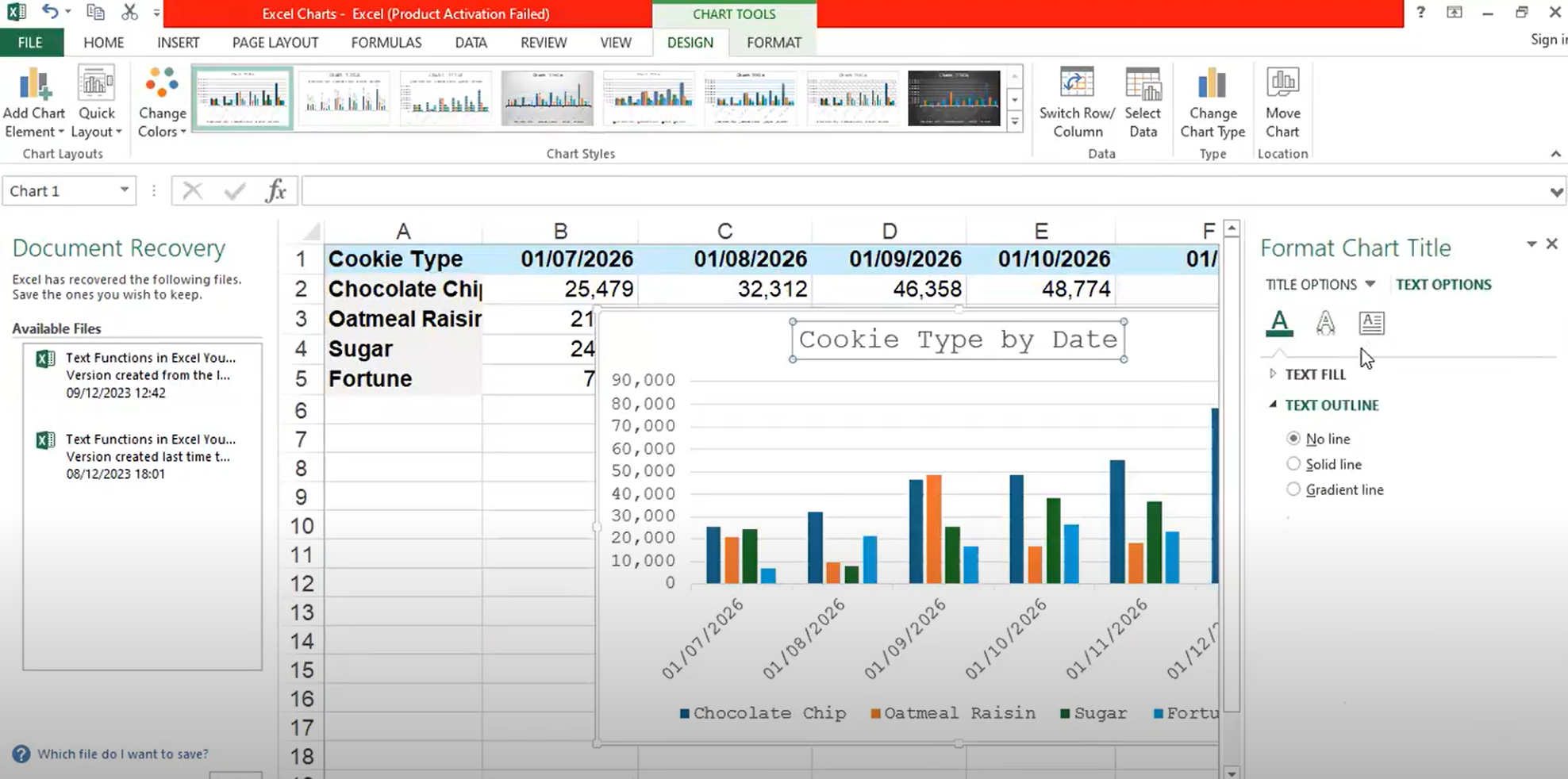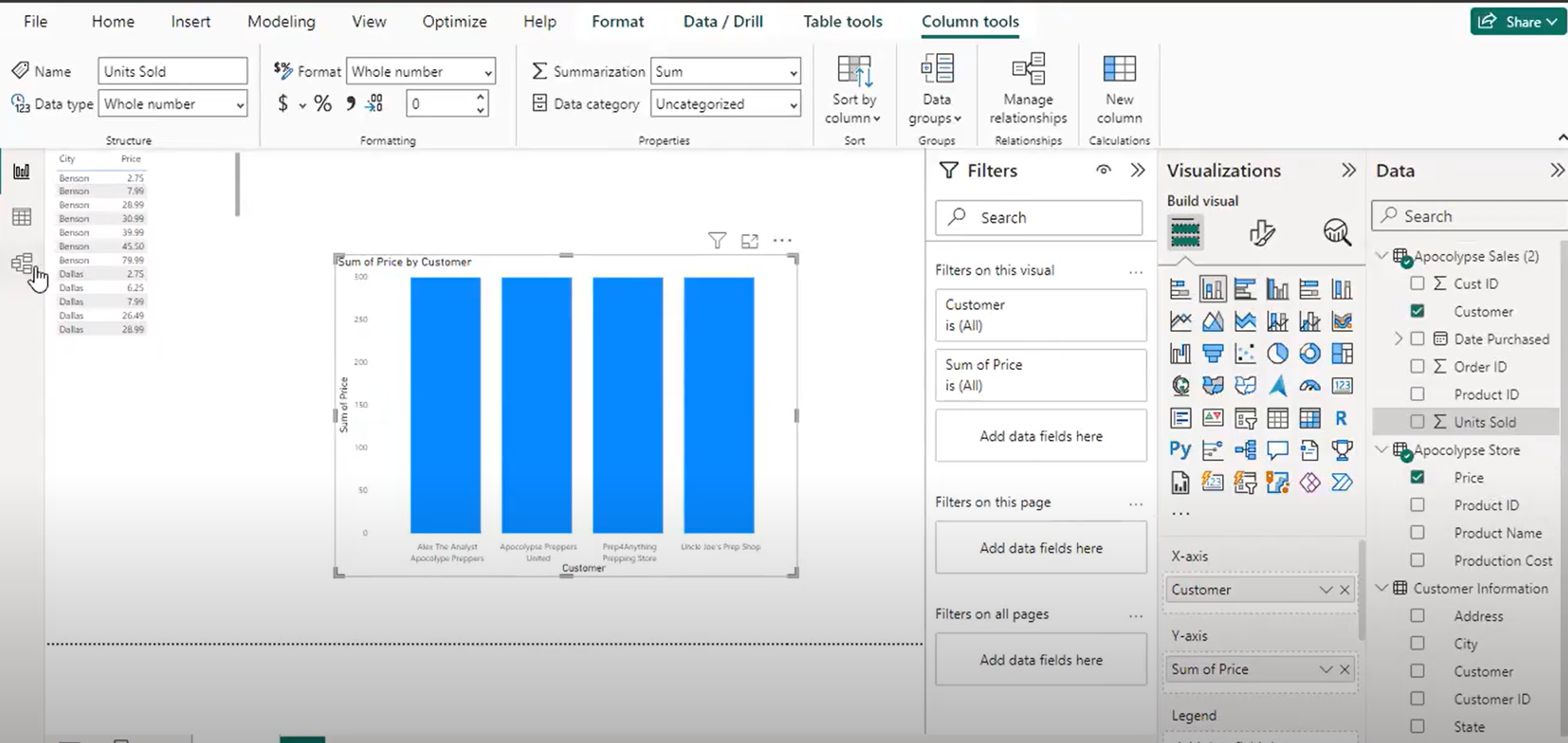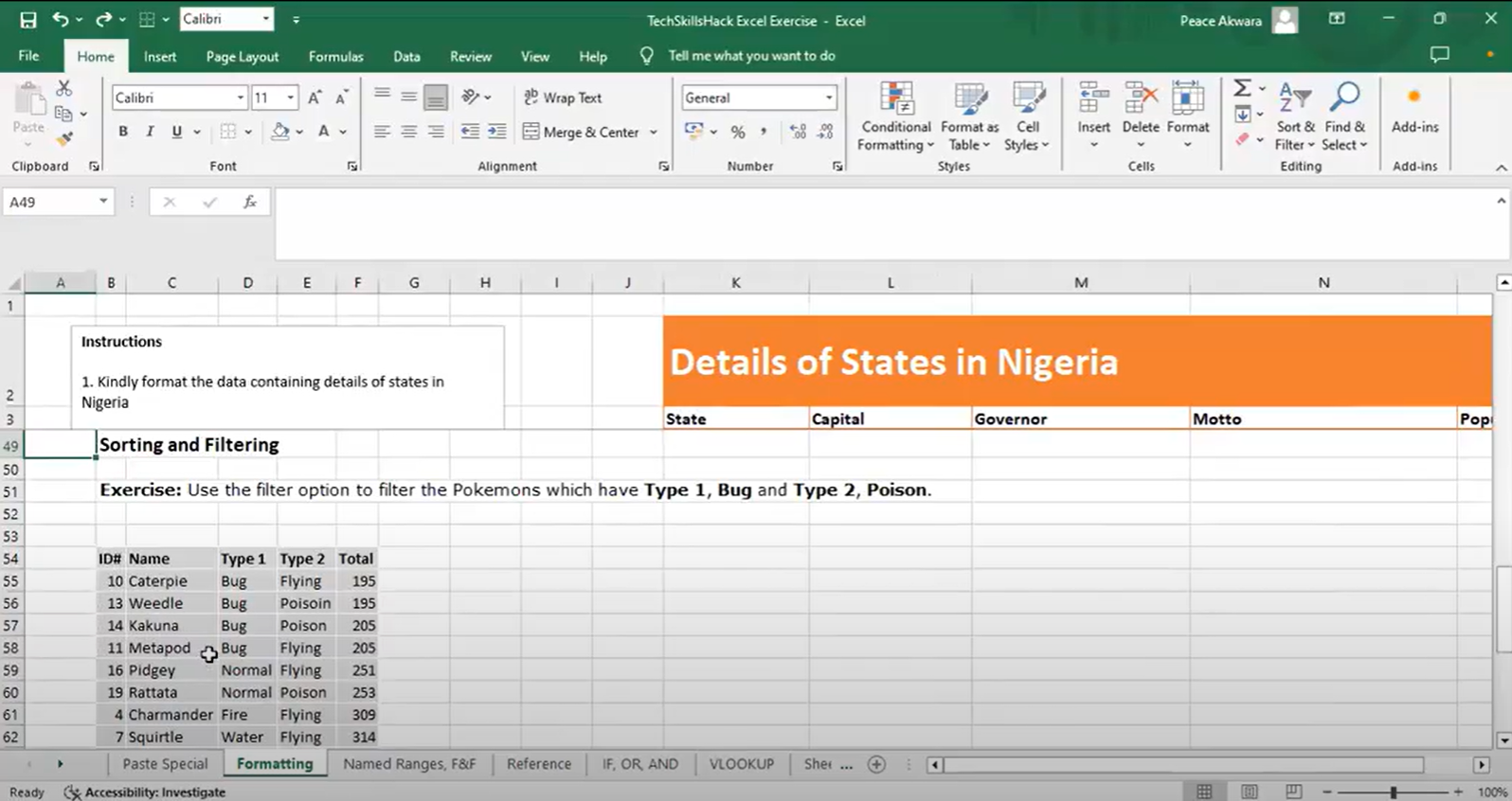I hope you are ready to get started on a digital skill path? if you haven’t, take your time, for today you’ll need to to know about cloud computing.
Before the invention of cloud, we will agree that companies stored all of their data and software on their own servers and hard drives. The necessity for storage increased as a company grew larger, This made it difficult for data to be handled. A company’s server would probably fail if it suddenly received a large number of orders online and data management became very difficult for the IT department.

Today, approximately 75% of people on the planet use tablets, computers, and smartphone to store data. Most of these users may have heard of the phrase “cloud” and utilize it along with its services, but the majority of them have no idea what this “CLOUD” actually is. Like the different gadgets we use, the cloud is now a part of our daily life, this means we should understand what cloud computing is.

Cloud Computing simply put is storing and accessing data and programs over the internet, instead of storing them on your computer hard drive or mobiles internal storage.
Data like your images, videos, documents, etc. and programs like your Gmail, Microsoft Outlook etc. can be stored on the cloud. With an internet connection you can access these data and programs with a single click.
THE THREE CLOUD SERVICES
There are three ways to use cloud services,
- Infrastructure as a Service (IaaS)
- Platform as a Service (PaaS)
- Software as a Service (SaaS)

Infrastructure as a Service (IaaS):
This is a cloud service that use highly automated and scalable computing resources. For accessing and managing computer, networking, storage, and other services, IaaS is entirely self-service. Instead of needing to purchase gear entirely, IaaS enables organizations to buy resources as needed and on demand.
It allows for allocation of virtualized and segmented computing resources like servers, storage and even network to the user through the internet.
Examples of IaaS companies includes DigitalOcean, Linode, Rackspace, Amazon Web Services (AWS), Microsoft Azure.
Microsoft Azure is used by notable companies like Google, Amazon, and Facebook.
Take Facebook for example, it relies heavily on Microsoft Azure which is an IaaS company. What happens here is Microsoft Azure provides the computing resources to Facebook allowing Facebook to build on it.
Platform as a Service (PaaS):
This cloud service allows users to access hardware and software tools directly from a third-party source.
Simply put, PaaS offers a platform for developing software. Since this platform is offered over the internet, developers are free to focus on creating the product rather than having to worry about infrastructure, storage, software upgrades, or operating systems. Google App Engine, OpenShift, Windows Azure is an example of it.
Software as a Service (SaaS):
This cloud service is a software distribution model in which applications are hosted by a third-party provider and made accessible to consumers online. It is the most commonly utilized cloud service option by businesses.
A majority of SaaS applications run directly through your web browser, this means they do not require being downloaded or installed on the user’s side.
Let’s imagine you don’t have a land but you need to plant and cultivate crops. What then do you do in that situation? In order to plant, you must pay a vendor or third-party provider who offers the land as a service. You pay for the land depending on how long you want to use it.
Netflix, Microsoft, Salesforce, Adobe, Google Workspace, Spotify, Dropbox, Uber, Slack are examples of SaaS. Netflix allows users to stream videos over the internet and are being paid for the content streamed. Another illustration is the Google Workspace, when you sign up for Google Workspace, you’ll gain access to a set of integrated apps that work together seamlessly. For instance, you can receive a message in Gmail and instantly convert it into a Calendar event. When you make a comment in Docs, Sheets, or Slides, collaborators automatically receive email alerts.
TYPES OF CLOUD COMPUTING
Cloud computing is classified into four main types:
- Private clouds
- Public clouds
- Hybrid clouds
- Multiclouds
Let’s take a few minutes to understand how these different types of clouds work.
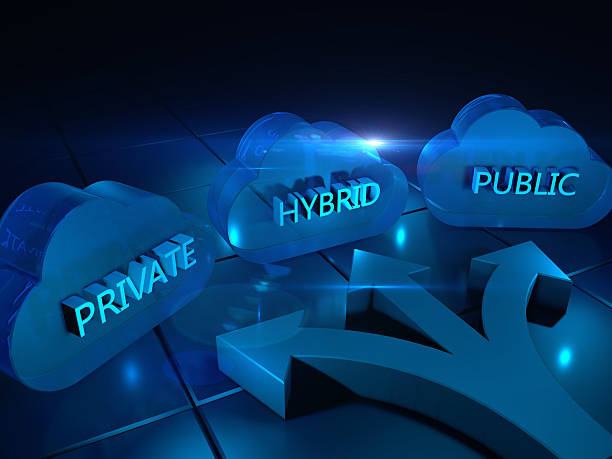
Private clouds:
is a cloud environment that is completely dedicated to one end user or group, typically running behind that user’s or group’s firewall. When the underlying IT infrastructure is devoted to a single client with totally segregated access, all clouds become private clouds.
However, private clouds sub divided into two; Managed Private Clouds and Dedicated Private Clouds.
Managed Private Clouds; Here, a third-party provider deploys, configures, and manages a private cloud that customers build and utilize. Enterprises with understaffed or underqualified IT teams can improve the quality of their private cloud services and infrastructure by using managed private clouds as a cloud delivery option.
Dedicated Private Clouds; This is a cloud inside of a cloud. A dedicated cloud can be found on either a private or public cloud. For instance, the private cloud of the company might contain a separate cloud for the financial unit of that company.
Public clouds:
Public clouds are cloud computing environments that are frequently built using IT infrastructure that is not owned by the end user. Some public cloud providers include;
- Amazon Web Services (AWS)
- Microsoft Azure
- Google Cloud
- IBM Cloud
- Oracle Cloud
- Alibaba Cloud
- Digital Ocean
- CloudFlare
When the environments are divided and redistributed to several people, all clouds become public clouds. It is also possible to abstract and resell the bare-metal IT infrastructure used by public cloud providers as IaaS, or to build and resell a cloud platform as PaaS.
Hybrid clouds:
Hybrid clouds are IT environment made up of several environments that appear to be connected by Local Area Networks (LANs), Wide Area Network (WANs) and Virtual Private Networks (VPNs) to form a single, unified environment.
The criteria for hybrid clouds might vary and their characteristics can be complicated. For instance, a hybrid cloud would require: A minimum of one public cloud and one private cloud, at least two private clouds, at least two public clouds, A virtual or bare-metal setup coupled with at least one public or private cloud.
Multiclouds:
Multiclouds architecture consists of multiple cloud services from various public or private cloud vendors. Although not all multiclouds are hybrid clouds, all hybrid clouds are multiclouds. When numerous clouds are linked together by some kind of integration, they become hybrid clouds.
An environment with many clouds may exist accidentally or on purpose to either protect sensitive data or provide redundant storage for improved disaster recovery. In any case, businesses who want to enhance security and performance through a broadened portfolio of environments are increasingly likely to have several clouds.
How are the different Types of cloud computing similar?
Each cloud abstracts, pools and distributes scalable computer resources over a network. Cloud computing, which is the process of running workloads within that system, is also possible with every cloud type. Additionally, each cloud is built using a different combination of technologies, including an operating system, a data management platform, and application programming interfaces (APIs). For greater efficiency, virtualization and automation technologies can be added to all types of clouds.
In summary,
Choosing a cloud type or cloud service is a unique decision. No two clouds are the same (even if they’re the same type), and no two cloud services are used to solve the same problem. But by understanding the similarities, you can be more informed about how the caveats of each cloud computing type and cloud service might impact your business.
We hope that this article has given you an insight on what cloud computing is and the different services rendered by the cloud.
In our next blog post, I’ll be sharing with you the different types of cloud experts, their respective roles and an estimate of how much each expert can earn depending on their roles and locations.
If these was helpful, do send a feedback and please share.
Have a question? Reach me on Facebook or Twitter.



